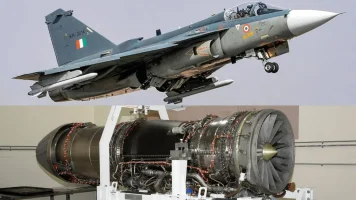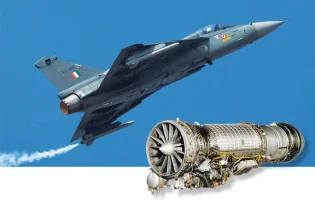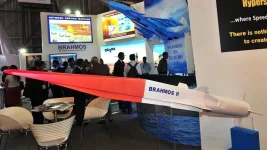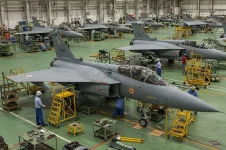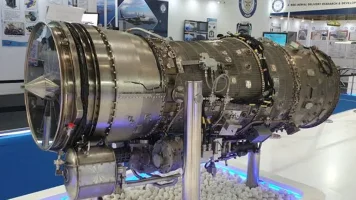- Views: 2K
- Replies: 17
The Indian Air Force (IAF) is in discussions to equip its domestically developed Tejas Mk1A and upcoming Tejas Mk2 fighter jets with the formidable SCALP-EG long-range cruise missile.
This strategic move follows the missile's reportedly outstanding performance when launched from Rafale jets during a recent military mission, codenamed "Operation Sindoor."
The initiative aims to significantly broaden India's deep-strike capabilities by arming a larger portion of its fleet, a critical consideration amid evolving regional security dynamics with Pakistan and China.
The SCALP-EG, a stealthy air-launched missile developed by European firm MBDA and also known as Storm Shadow, proved its effectiveness during the operation.
Deployed from the IAF’s 36 Rafale aircraft, the missile was reportedly crucial in neutralising key, heavily protected targets.
With a range of over 560 kilometres and a powerful 450-kilogram warhead, the SCALP's design allows it to fly at very low altitudes to avoid radar detection, enabling it to penetrate sophisticated air defence networks and deliver highly precise strikes with minimal collateral damage.
According to reports, the missile’s success in "Operation Sindoor" was independently verified by satellite imagery from commercial providers KawaSpace and MizarVision. The imagery confirmed direct hits on hardened structures, including command centres and airbase hangars.
The SCALP’s ability to successfully evade advanced, Chinese-supplied HQ-9 surface-to-air missile systems highlighted its technological superiority and operational value, prompting the IAF to explore its integration with other aircraft.
The process of fitting the SCALP missile onto a non-Rafale platform presents significant technical challenges. The IAF is reportedly engaging with MBDA to navigate the complex integration required.
The missile's advanced guidance system, which uses a combination of inertial navigation, GPS, and terrain-following sensors, must be made fully compatible with the Tejas's unique avionics.
This will involve substantial software and hardware modifications to the Tejas Mk1A’s Israeli EL/M-2052 AESA radar and the Tejas Mk2's planned indigenous Uttam AESA radar system.
Successfully integrating the SCALP onto the Tejas fleet would mark a major enhancement of the IAF's offensive power. It would empower a lighter, cost-effective fighter to perform long-range strike missions previously reserved for heavier jets like the Rafale and Su-30 MKI.
With 83 Tejas Mk1A jets already on order and plans for over 300 Tejas Mk2 aircraft, the IAF could field a massive force capable of launching stealthy standoff attacks, creating a powerful deterrent in the face of ongoing military advancements in the region.

